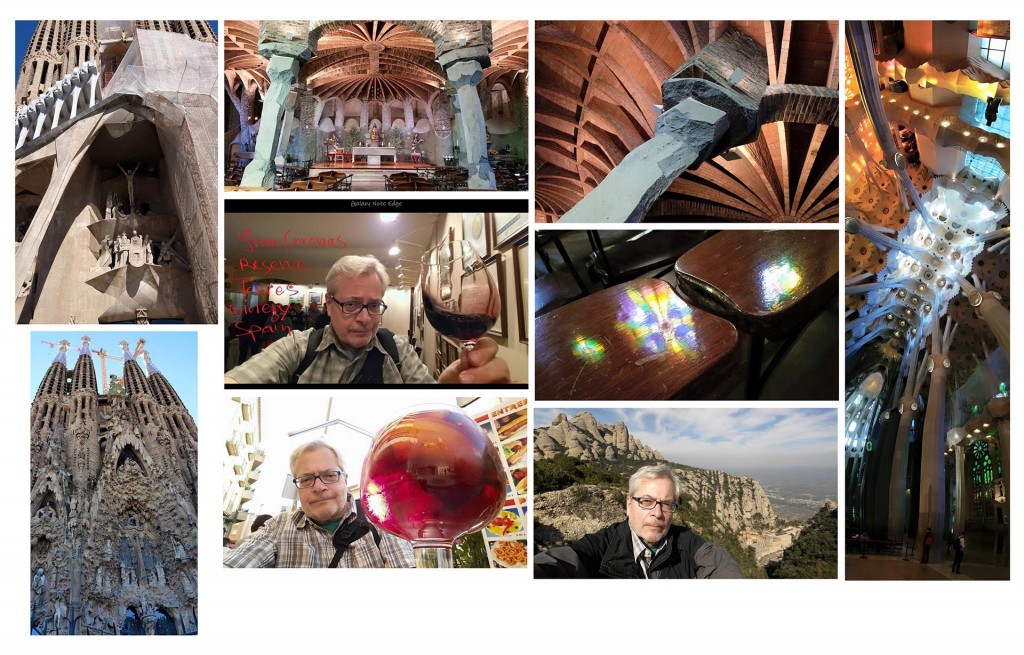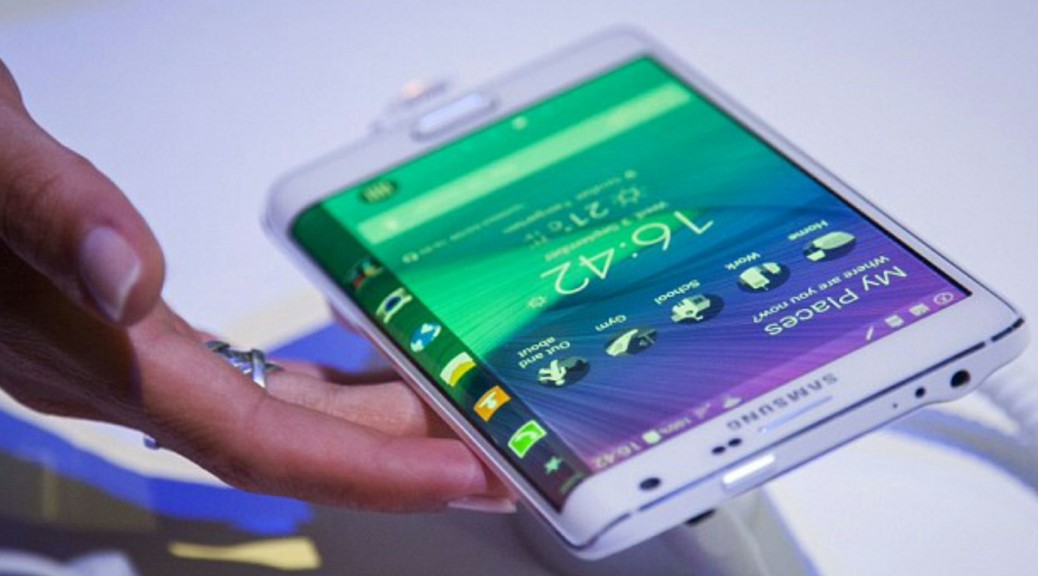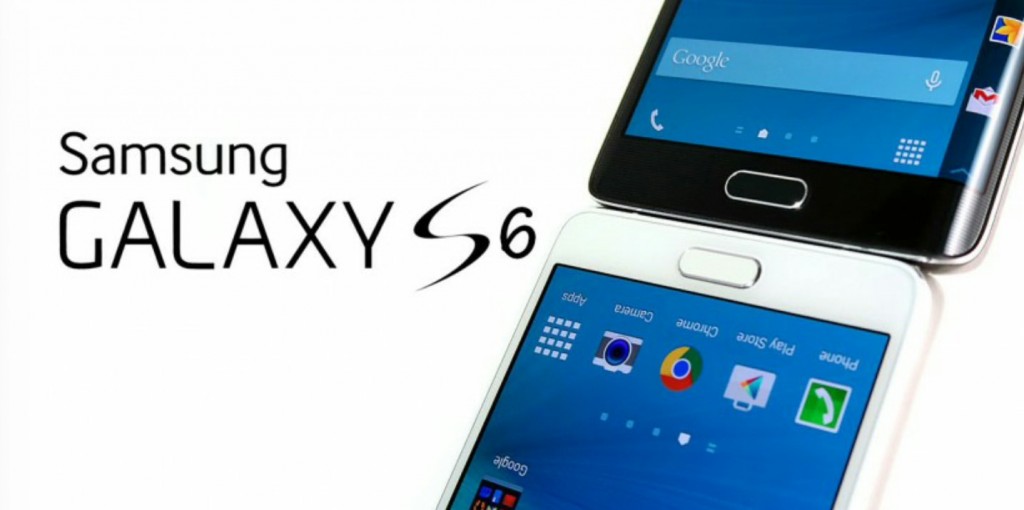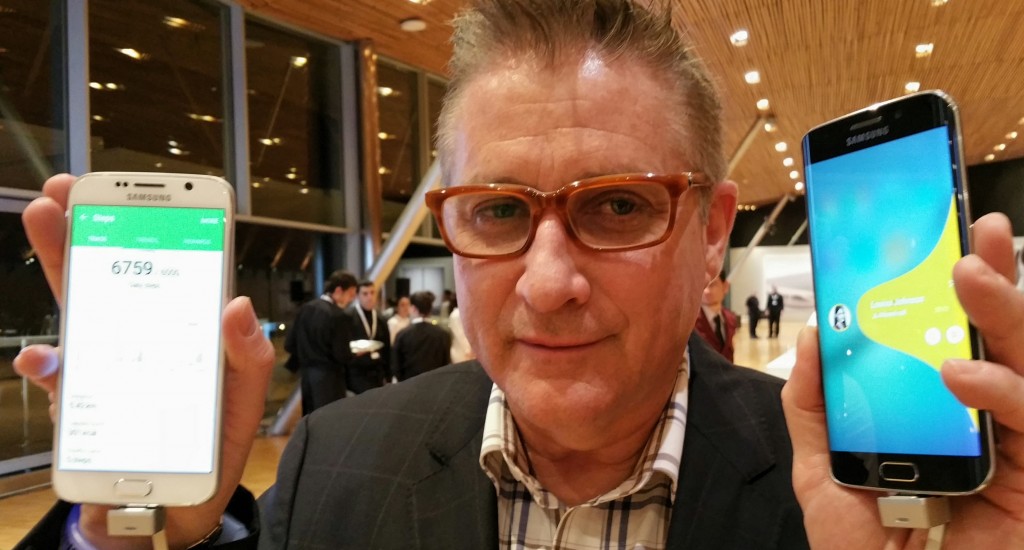Despite today’s sophisticated smart phone cameras, I still like to take more serious camera hardware along when I travel.
Why? Because a 16 megapixel cellphone picture is not the same as a 16 megapixel quality mirrorless or DSLR with interchangeable lenses.
Why? Picture sensors on phones, with the exception of the Sony Xperia Z3, are half the size of your pinky fingernail. Compare that to the postage size sensors of interchangeable lens cameras like the Sony NEX, Samsung NX, Fujifilm X, Olympus Pen and bulkier DSLR cameras.
Physically larger sensors record richer colours, more detail in shadows and less noise at higher ISO settings.
Phone cameras have no real zoom lens. They basically shoot wide angle photos with the ability to zoom in closer, but at the expense of megapixel size and quality. This means phone cameras can’t shoot from far away like zoom lenses on real cameras. Nor can they shoot extra wide angle photos.
The lens on a smart phone has one aperture, typically f2, leaving the shutter speed to control the picture’s exposure. Due to the physically small size of the picture sensor, the depth of field on smartphone pictures is quite large (making near and far subjects look just as sharp) and cannot be changed. Again, zeroing in on closer objects, or portraits with an out of focus background is impossible to do with phone cameras.
Phone cameras are best at quickly recording personal moments near you. They are small and handy, but there are images further out that are worth capturing beyond your personal sphere.
Here are examples of “tourist” photos I recently took in Barcelona after the Mobile World Congress I reported on my Global TV Sunday Morning News today.
They were shot with a 16 MP Samsung Galaxy Note Edge and the Fujifilm weather resistant 16 MP X-T1 with top tier fast aspherical extra wide angle XF 10-24 mm f4 zoom which captures 3 times as wide a view as normal lenses, the new 16-55 mm f2.8 aspherical weatherproof and the 18-135 mm f3.5-5.6 aspherical zoom, also weatherproof, for my ultra-zoom close-ups.
See the first group of still impressive quality Note Edge pictures, unbeatable selfies, great panoramas and medium wide angle views. Compare the variety of wider and tight telephoto views shot with the X-T1.
Click on photos to enlarge






